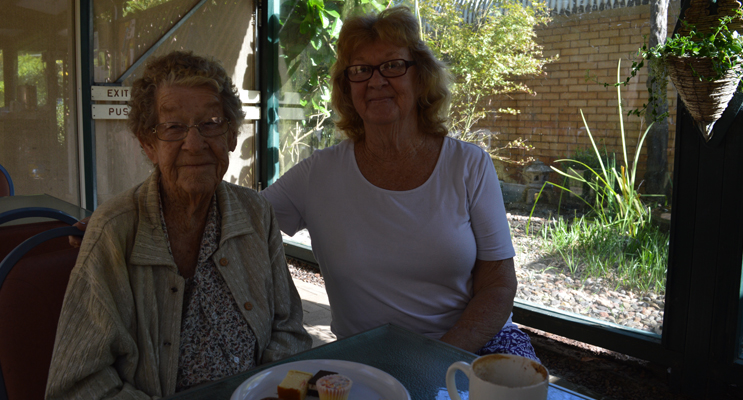
THE secrets beneath the water of Grahamstown Dam continue to be revealed this week.

A conversation with inhabitants of Ringwood, a locality that was subsumed by the artificial town water supply dam when the first water came through in 1960, is featured this week.
The area known broadly as the Grahamstown Moors, located between current day Medowie and Raymond Terrace, commenced dam construction in 1955 and was finished in 1965.
Drought conditions of the time meant that it started to be used in 1960.
It was in the mid to late 1950s that most of the homes that cover the now existing Grahamstown Dam were acquired.
A number of townships were subsumed with the dam, for example Ferodale and Ringwood, and evidence of their former existence can be told in street names around Medowie.
Kathleen Carr and her daughter, Diane Panowitz (nee Carr), were on hand to tell their history of living in Ringwood before the Dam was built.
In April 1950, the Carr family moved to Ringwood Road, Ringwood.
In Ringwood, they lived in a small dwelling with malthoid walls and compact dirt floors.
By the time their home site was acquired for the dam to be built, the foundation piers for what was going to have been their family home had already been set.
Both Mrs Carr and Mrs Panowitz remember the isolation of the time, telling News Of The Area, “When I (Mrs Carr) broke my ankle, Diane had to go to the neighbour’s house to call the Ferry to tell them to hold it up before if left so that I could catch it to get medical treatment.”
The isolation experienced is something unimaginable by today’s standards in a location only 30 kilometres from a major hospital.
In the early 1950s, with poor telephone access, poor roads, and bridges few and far between, people had to be creative with their endeavours to make the best of what they had.
When the family home was acquired in order for the Dam to be built, the Carr family moved into Medowie.
As Mrs Panowitz recalls, “Medowie was so multicultural, there was no discrimination and no racism.”
The airstrip running on the corner of Ringwood Road and parallel to the highway was also a source of remembrance.
Disused after World War II, it was often used as a site for burnouts by young car enthusiasts, or hoons, depending on your perspective.
To keep up to date with the unfolding Medowie history, follow along at: https://www.facebook.com/MedowieHistory/.
By Heather SHARP
